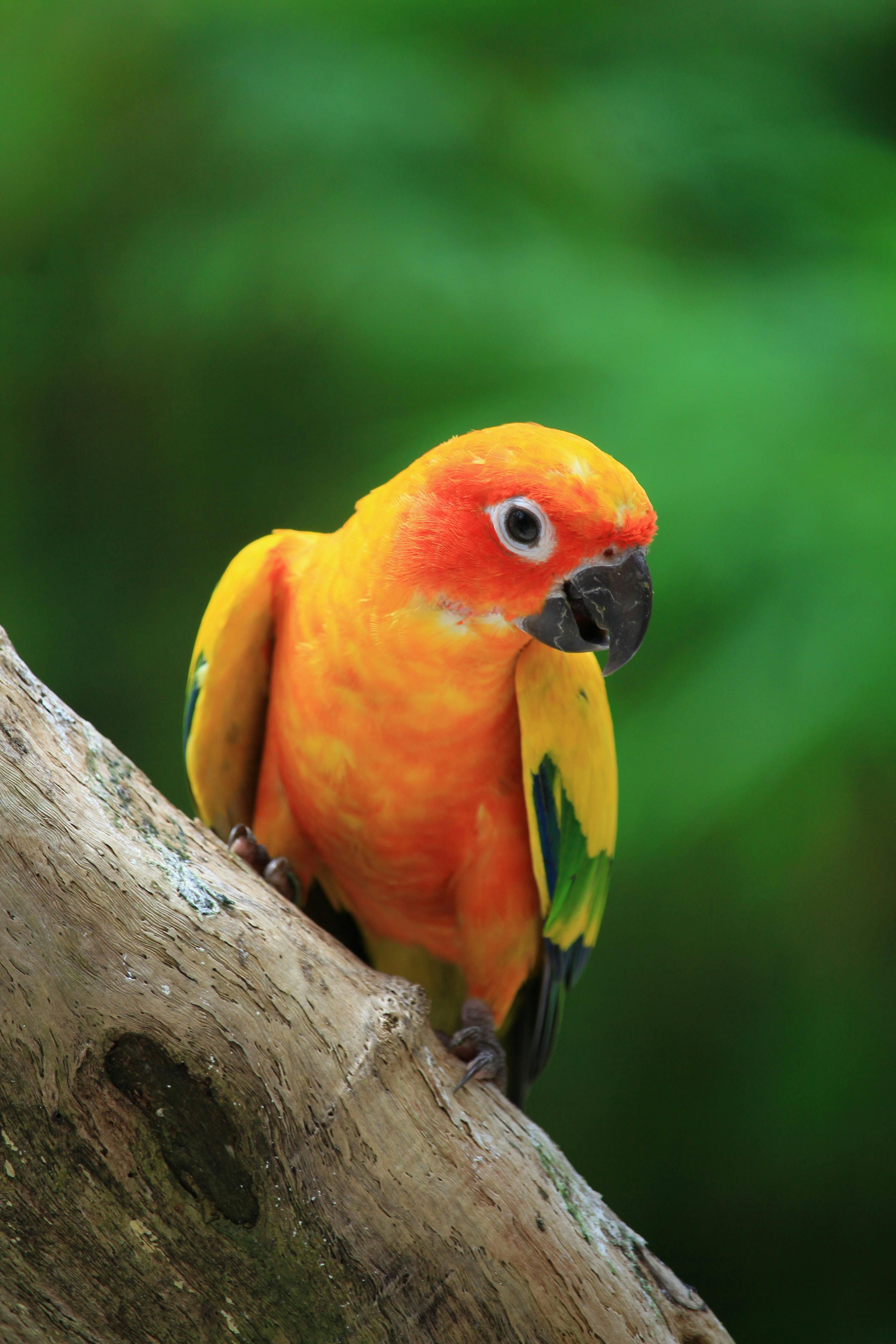
Best 5 Predators of Axolotls You Should Know About
Axolotls, fascinating and unique aquatic creatures, are gaining popularity among pet enthusiasts, largely due to their remarkable regenerative abilities and captivating appearance. However, in their natural habitats, they face numerous threats from various predators. Understanding these predators is crucial for axolotl conservation and for ensuring the safety of pet axolotls. In this article, we will explore the main predators of axolotls, the impact of these predators on their survival, and how to mitigate risks for both wild and captive axolotls.
From large fish to terrestrial mammals, we will delve into the diverse range of animals that prey on axolotls. Additionally, we will discuss the crucial role of predators in freshwater ecosystems and the importance of maintaining a balanced habitat for the survival of axolotl species. This guide aims to raise awareness about axolotl threats while emphasizing conservation strategies that help protect these extraordinary amphibians.
Here's what to expect as we navigate through this topic:
- An overview of the major predators of axolotls and their feeding behaviors.
- The impact of these predators on axolotl populations in the wild.
- Conservation efforts to protect axolotls and their habitats.
- Considerations for pet owners to ensure the safety of their axolotls.
By the end, you’ll have a comprehensive understanding of what eats axolotls and how we can contribute to their survival through informed practices.
1. Fish Species that Eat Axolotls
One of the primary predators of axolotls in their aquatic environments is various species of fish. Large fish are known to see juvenile axolotls as prey due to their size and movement. Species such as perch and catfish can pose significant threats when axolotls inhabit overlapping water bodies.
Understanding Fish Behavior in Aquatic Ecosystems
In freshwater ecosystems, fish are opportunistic feeders and will often consume smaller aquatic animals. Axolotls, particularly when they are young, may not be able to escape from these predators effectively. The adaptation of coloration and aquatic habitats is essential for their survival, but natural camouflage can only go so far against larger fish species.
The Interaction Between Axolotls and Fish Predators
The relationship between axolotls and their fish predators exemplifies the predator-prey dynamics within aquatic ecosystems. While fish play an essential role in managing populations of smaller creatures, the presence of large fish can significantly impact axolotl numbers. Understanding these interactions is vital for conservationists seeking to maintain biodiversity.
Implications for Axolotl Conservation
Scientific studies indicate that the balance within aquatic ecosystems is crucial for sustaining axolotl populations. Protecting habitats from overfishing and supporting fish population management initiatives can help reduce the risk to axolotls, ensuring their place in the food chain.
2. Aquatic Predators: Turtles and Eels
Another significant threat to axolotls comes from aquatic reptiles like turtles and elongated fish such as eels. Soft-shelled turtles, for instance, can be particularly dangerous due to their stealth and unexpected speed.
The Role of Turtles in Axolotl Habitats
Turtles, especially the soft-shelled variety, are adept hunters and typically lie in wait for unsuspecting prey. Their natural hunting instincts make them formidable threats to axolotls, particularly in shallow waters where axolotls often venture.
Understanding Eels as Natural Predators
Eels are also known to prey upon axolotls, capitalizing on their ability to camouflage and blend into their surroundings. Their flexibility and ability to navigate through substrates allow them to access the hiding spots of juvenile axolotls.
Conservation Strategies for Ample Protection
Efforts to conserve axolotls must consider the impact of these predators. Habitats ensuring ample space for axolotls to thrive while limiting turtle and eel populations through controlled measures are crucial actions for maintaining the ecosystem balance.
3. Terrestrial Predators: Raccoons and Otters
Axolotls are not solely threatened in the water; they are also preyed upon by certain terrestrial mammals. Raccoons and otters, for example, are known to hunt aquatic prey, including axolotls, when they venture out of their hiding spots. These mammals access the water at night, taking advantage of low visibility.
Raccoons: The Opportunistic Hunters
Raccoons have dexterous paws that enable them to catch aquatic life efficiently. Their foraging behaviors include flipping rocks or looking under vegetation where axolotls may be hiding. This predation can lead to local declines in axolotl populations.
Otters and Their Impact on Axolotls
Otters are also a major threat, being playful but vicious hunters of aquatic animals. They tend to hunt in groups and can efficiently exploit bridges or breaks in habitats to access axolotls, posing a severe risk especially to local populations.
Mitigating Risks from Terrestrial Mammals
Community involvement in protecting axolotl habitats can help mitigate these risks. Efforts to establish wildlife corridors and promote public awareness about preserving local ecosystems are essential steps to protecting axolotls from terrestrial predators.
4. Birds of Prey: The Aerial Threat
In addition to land-based and aquatic predators, axolotls are also vulnerable to aerial predators such as birds of prey. These birds, including hawks and herons, hunt for aquatic animals that surface or are visible from the air.
Behavioral Adaptations to Avoid Birds
Axolotls utilize various behavioral adaptations to avoid being seen by birds of prey. This camouflage and tendency to remain motionless can help them escape detection. However, the impact of these hunters on older axolotls can exacerbate existing population declines.
Conservation Measures Focusing on Aerial Predators
Preserving surrounding vegetation can provide axolotls with additional cover from aerial threats. Environmental conservation initiatives that emphasize habitat restoration can bolster the survivability of axolotls against birds of prey and other hunters.
5. The Impact of Humans on Axolotl Survival
Humans are one of the most significant threats to the survival of axolotls. Habitat destruction, pollution, and overfishing of local fish species contribute to the decline in axolotl populations.
Understanding Human Impact on Axolotl Habitats
Water pollution, due to agricultural runoff, severely impacts water quality and disrupts the freshwater ecosystem. Contaminated habitats can decrease axolotl survival rates and reduce their reproduction rates. Preservation and improvement of water quality are critical to axolotl conservation.
Conservation Challenges and Efforts
Efforts to protect axolotls must involve informed community practices and stricter regulations on fishing and habitat development. Education about ecosystem conservation can promote greater local involvement in protecting axolotls and their habitats.
The Role of Community Awareness in Conservation
Local wildlife initiatives can play a crucial role in fostering understanding about the importance of axolotls in freshwater ecosystems. By raising public awareness of axolotl threats and conservation efforts, communities can contribute to the long-term survival of this unique amphibian.


Conclusion: Protecting Axolotls from Their Predators
Understanding the diverse array of axolotl predators—from fish to mammals and humans—highlights the importance of proactive conservation efforts. Each species, whether a natural predator or human-related threat, plays a role in the complexity of axolotl habitats.
Addressing these challenges requires a comprehensive approach involving habitat preservation, pollution control, and public education on the ecological importance of axolotls. As we strive to protect these remarkable creatures, maintaining balance within aquatic ecosystems remains our greatest ally in achieving axolotl conservation.
By being aware of their enemies and acknowledging the critical environmental impact, we can all contribute to the survival and thriving of axolotls, ensuring that future generations can enjoy watching this incredible species in both aquariums and wild habitats.